Imagine a future where lush, green gardens float gracefully in the boundless expanse of space. This futuristic vision is no longer science fiction but a tangible plan aimed at transforming the desolate void into bountiful gardens thriving with plant life. This groundbreaking endeavor not only paves the way for sustainable life-support systems in deep space exploration but also holds the potential to revolutionize our understanding of plant growth under extraterrestrial conditions. When we speak of the next steps in human colonization of space, the integration of self-sustaining biological systems becomes a critical focus.
Space is the final frontier that humanity has long aspired to explore and settle. However, one of the fundamental challenges remains sustaining human life over long periods in this inhospitable environment. The concept of sending plant-filled “gardens” into orbit is not only a feat of technological ingenuity but a beacon of hope for creating self-sufficient ecosystems that can support human presence in alien worlds. The idea is to use advanced aerospace technologies and biological research to cultivate plants in microgravity environments, which could dramatically transform how we approach space missions.
The strategic intent behind these space gardens is multifaceted. On a practical level, they can provide fresh food to astronauts, reducing the need to send bulk supplies from Earth, which is both costly and resource-intensive. Additionally, plants play a critical role in recycling carbon dioxide into oxygen, thus enhancing life-support systems and helping sustain crew health over extended missions. This represents a triumph of ecological engineering, marrying biology and technology to forge new paths in human spaceflight.
However, the importance of this project extends beyond immediate practical benefits. It will push the boundaries of agricultural sciences, challenging our understanding of how plants behave in conditions vastly different from Earth’s. This research could lead to breakthroughs in growing food in harsh climates on Earth, enhancing food security globally. In this sense, space gardens serve as a dual-purpose project: developing vital space infrastructure while simultaneously contributing solutions to terrestrial agricultural challenges.
Furthermore, the psychological benefits of having vibrant, living areas in the sterile environment of space cannot be overstated. The presence of green plants can provide a much-needed morale boost to astronauts, offering them a connection to Earth and alleviating the stresses associated with long-duration space travel. The presence of life in the form of plants brings comfort and luxury into the rigorous experience of space missions, emphasizing the human need for beauty and nature, even among the stars.
Creating these cosmic gardens requires cutting-edge innovation in plant biology and habitat engineering. Scientists must consider factors like water delivery systems, soil substitutes, and nutrient supply in microgravity, all while engineering these systems to be compact, efficient, and reliable. The endeavor symbolizes a deep collaboration between botanists, engineers, and astrobiologists, each contributing their expertise toward a shared vision of sustainable extraterrestrial habitats.
The journey to cultivate gardens in orbit demonstrates humanity’s enduring spirit of exploration and adaptation. As we continue to push beyond our planetary confines, these initiatives remind us that innovation and sustainability must go hand in hand. This not only ensures the survival of humanity in harsh environments but also enriches our lives on Earth by propagating solutions that address terrestrial issues. Such visionary projects underline the interconnectedness of Earth’s ecosystems with potential life-support systems beyond our planet, laying the groundwork for a sustainable future among the stars.
In accordance with this vision, private and public sectors are pooling resources and expertise to make this dream a reality. Such collaborations highlight the global shared interest in exploring and developing space habitats that are not only technologically advanced but ecologically sustainable. Through this pioneering work, we are not only setting the stage for future space exploration but also learning invaluable lessons that could lead to a greener, more sustainable Earth.
IT Trend
The Plan to Send Plant-Filled ‘Gardens’ Into Orbit

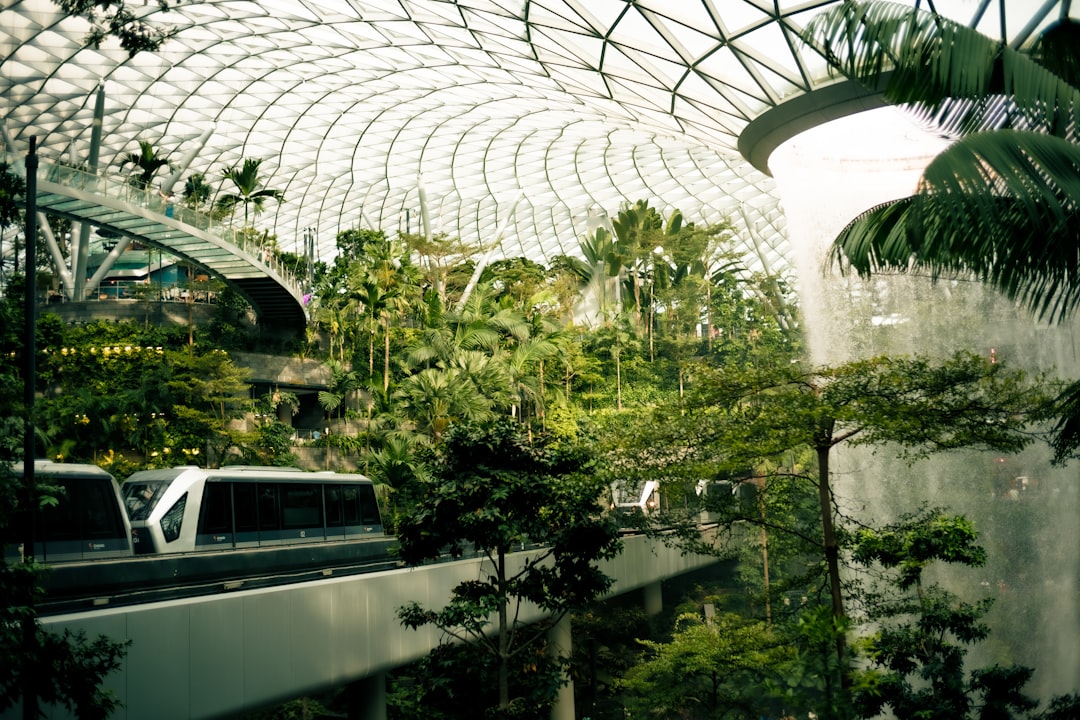





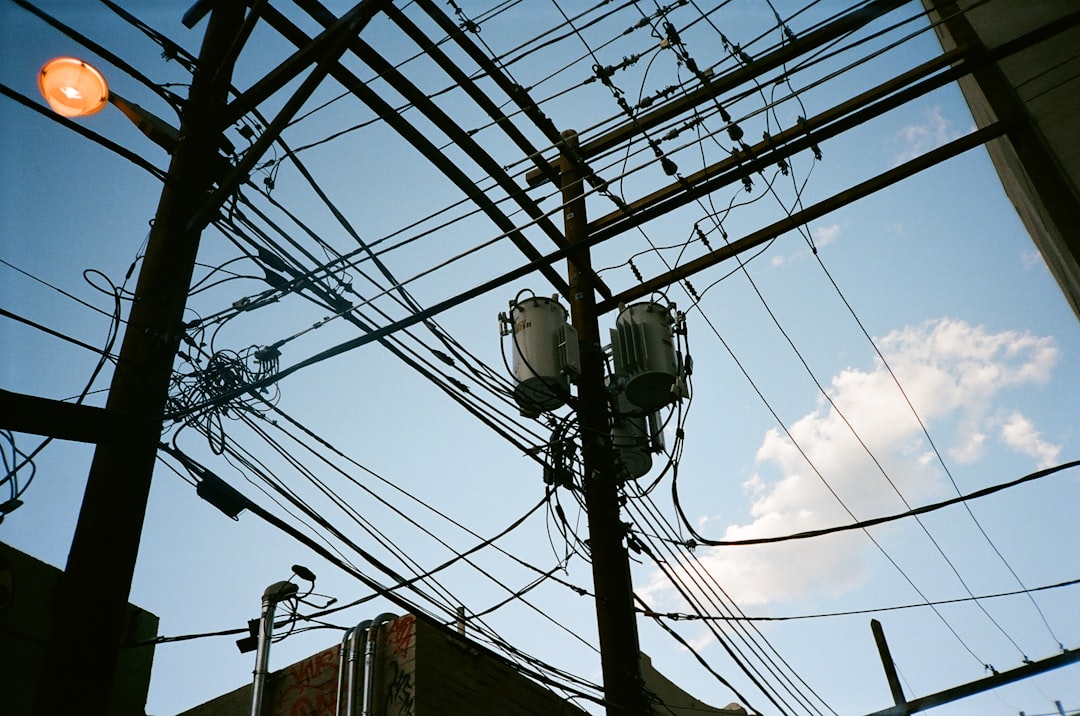


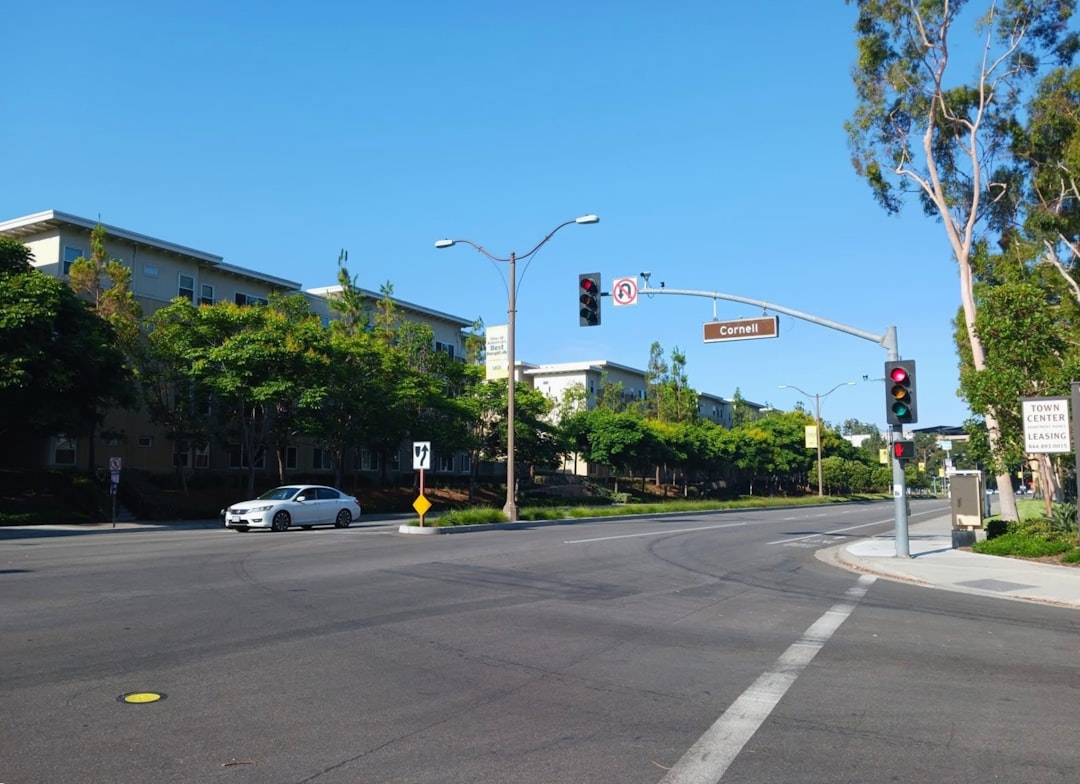
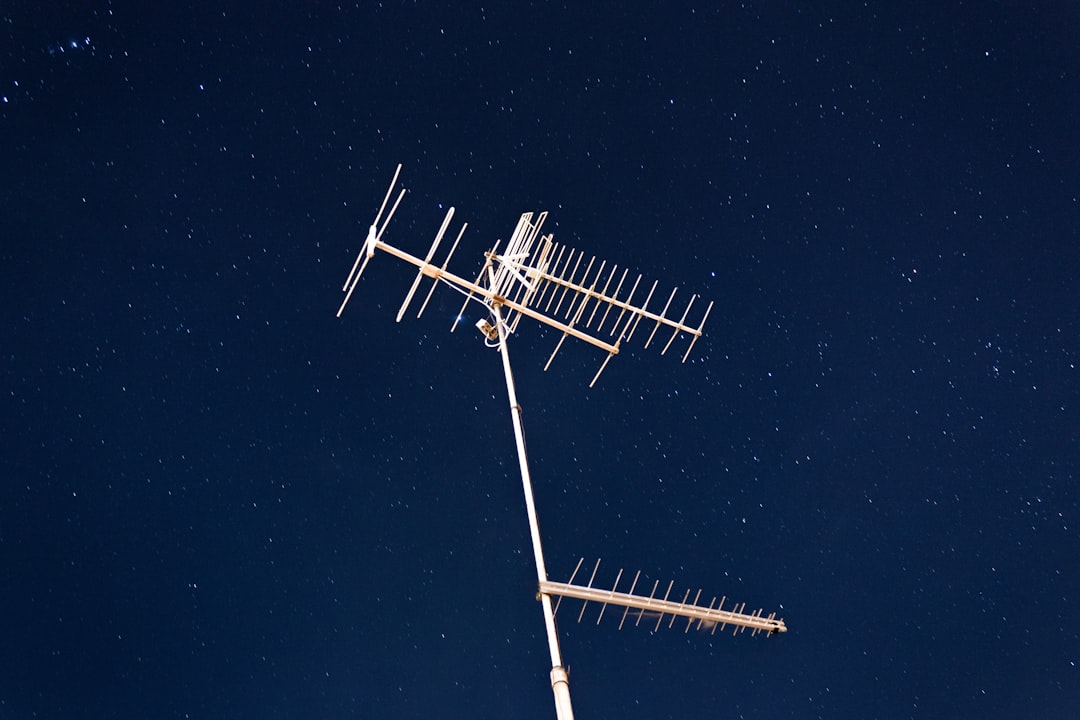


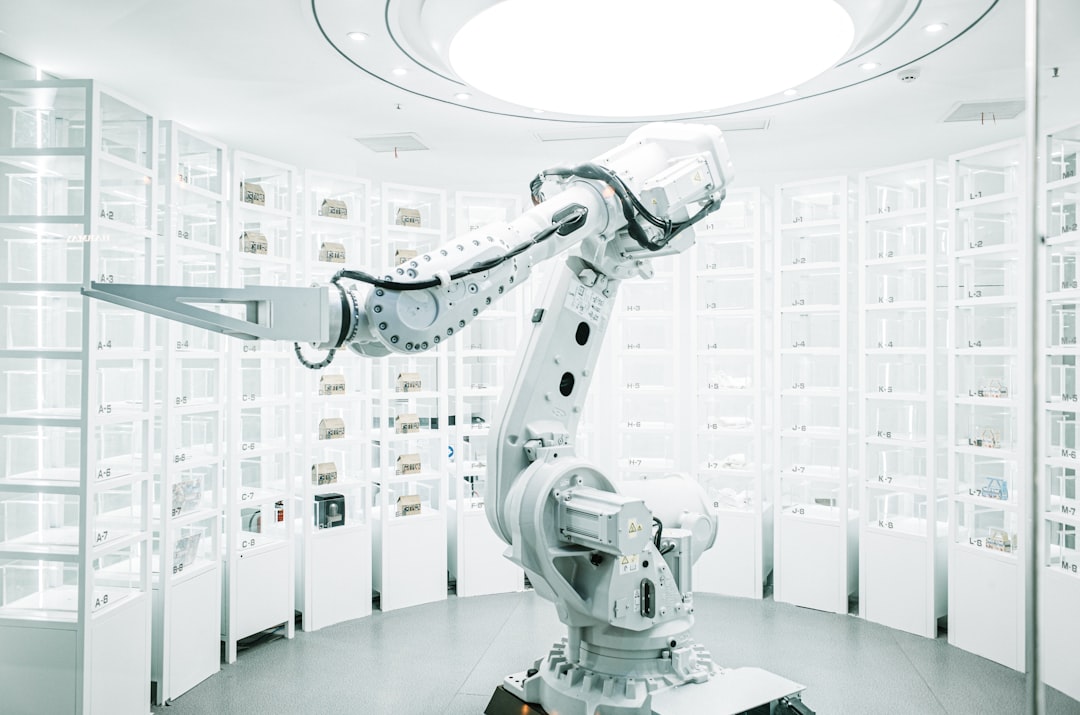
Leave a Reply